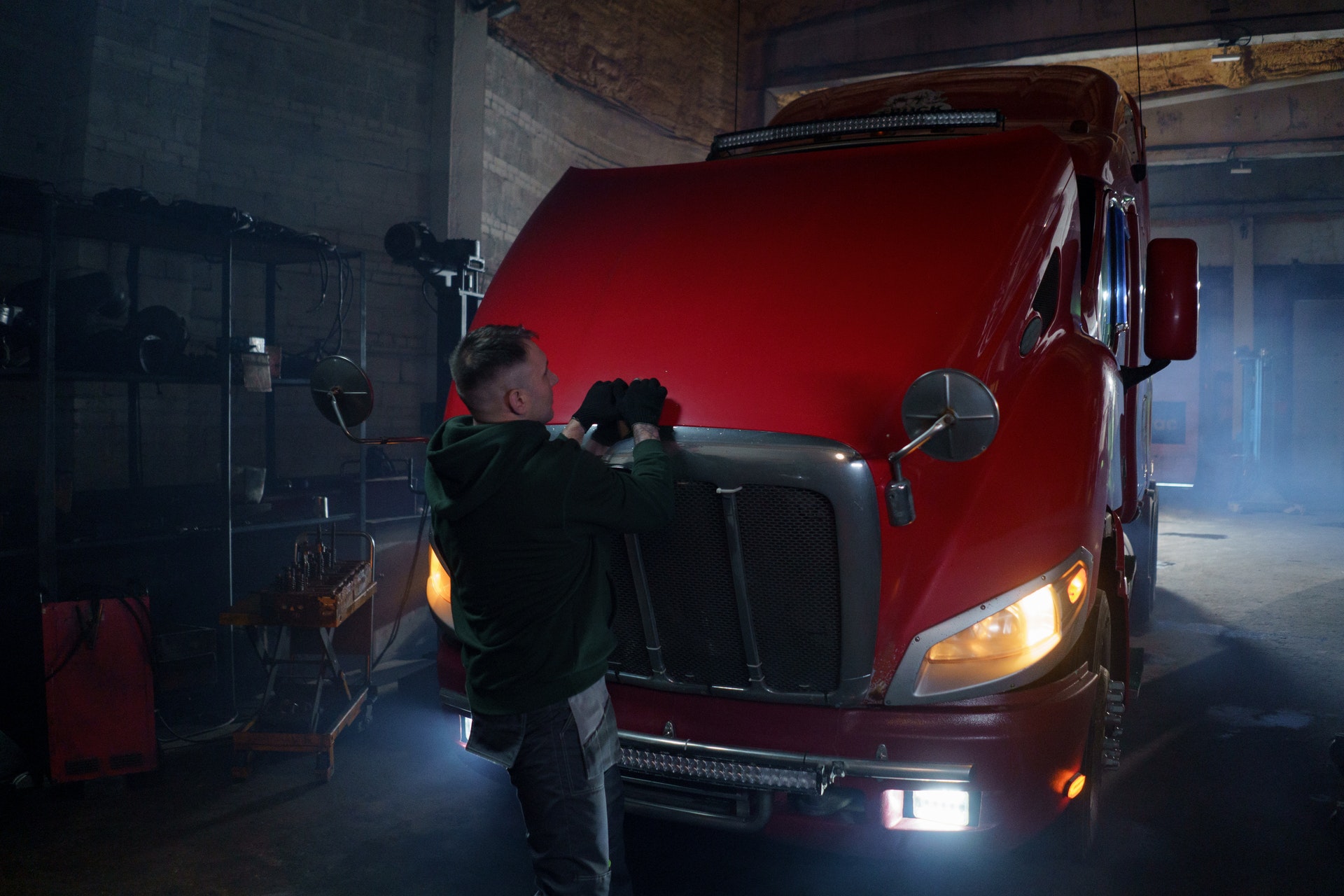WASHINGTON — One of the many trucking-related issues folded into the federal highway bill is legislation dealing with the maintenance and safety of intermodal chassis.
Historically, these much-used pieces of equipment went from ship to shore to truck or rail car and back. Truck drivers were responsible for finding equipment that worked, and were held accountable when the equipment was broken, which it usually was, even though the chassis were the property of a steamship line, rail line or other entity.
An issue that dates at least back to the ’80s, chassis roadability has been debated for years. The safety and maintenance of intermodal (rail, truck or ship) chassis was “always an issue for which the provider [of the equipment] did not take responsibility and now they’ll have to,” said Curtis Whalen, executive director of the Intermodal Carriers Conference of the American Trucking Associations.
The ATA conference, which was formed in October of 2004, worked with the Ocean Carriers Equipment Management Association and the Association of American Railroads, to draft the measure, which is Section 4118 of the highway bill, officially known as the Safe, Accountable, Flexible, Efficient Transportation Equity Act: A Legacy for Users (SAFETEA-LU).

